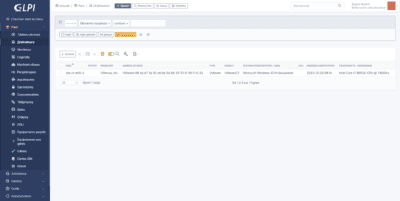Proxmox: send an ISO to Proxmox
In this tutorial, I will explain to you how to upload an ISO to Promox so that you can use it to install an operating system on a virtual machine. When installing Proxmox, several storage spaces are created: To send an ISO to Proxmox, you have two solutions: In this tutorial, we will therefore use …









